Water Filtration System
Today I’m going to introduce my readers to a water filtration system I was recently introduced to, PortaWell. I generally only write about issues and products I’ve had personal ownership or experience with. I don’t own a PortaWell or have any firsthand experience with this water filtration system, but based on my research and the reviews I’ve read, I felt this was a product my readers needed to learn about.
As all my readers have learned, I feel that water is probably the most important emergency preparedness item we can store. The only way we can survive an emergency for an extended period is to have enough water to keep us hydrated. Having water to also deal with personal hygiene is also important, but not necessarily “life-saving” in nature. Having water stored gives us comfort and confidence that we can weather the disasters that may come our way. The PortaWell adds one more level of protection.
In case you missed this post, How To Store Water-Pros And Cons
Water Storage
Over the years, Mark and I have purchased and put to use a number of water storage containers that I’ve introduced to you. We have bottled water in our house, but it’s designed for short-term use. We’ve had Water Bricks stored under a guest bedroom for a long time, and I’m sure our guests didn’t even know it.
We have four 55-gallon barrels on the side of the house that we keep full all the time. On top of that, we have a 160-gallon tank and a 250-gallon tank that are also full. For strictly emergency use we have a number of cases of Blue Can water that we’ve stored in a stack behind our TV entertainment center in the master bedroom. For the two of us, I feel we are well stocked with water.
I’m reminded from time to time that not all my readers have storage space available for any “serious’ storage of water. They have prepared themselves by acquiring water filtering systems they can use to filter tap water that they’re concerned about, rainwater barrels that catch runoff, or they may have access to a pond or swimming pool water nearby. Having a way to filter the water is a wise investment as part of their preparation plans.
I’ve been a proponent of the various Berkey products for a long time and have some of their units in my storage stash. Some are great for hiking and camping, while others work well when more volume of filtration is desirable. I’m intrigued with the PortaWell product since it appears to incorporate the benefits of both portability and volume concerns.
The PortaWell website MyPortawell is very informative, and I’ve used much of their provided information to write this post. They highlight a number of key aspects of the product on the first page of the website, with links to “learn more” for those who want to dive in and get fully educated. Let’s jump in and get acquainted with the PortaWell.
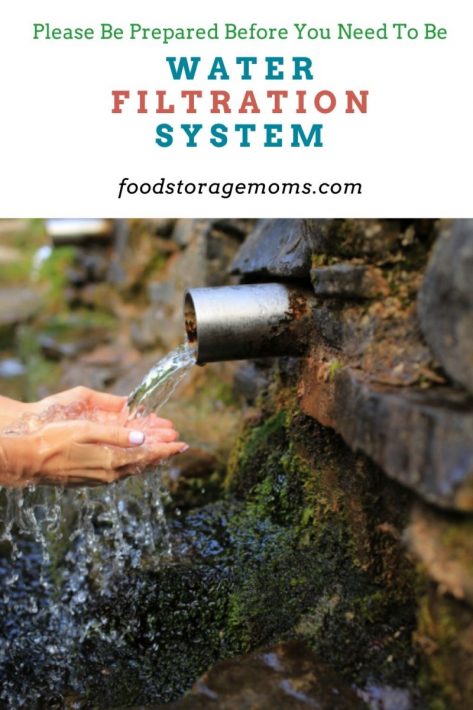
Water Filtration System
The PortaWell website touts six main features and benefits that make their product one all preppers should appreciate. To make sure I don’t get off base as I pass the product information on, I’ll quote from the website and add my two cents worth as we go long.
High Capacity Filtration
PortaWell states they have a patent-pending design that filters up to one gallon per minute. It’s significant that this high flow rate is achieved with an electrical system that requires very little human effort or intervention. We’ll discuss the electrical component issues below.
The website goes on to say; “This higher flow rate is particularly important when supplying the drinking water needs of more than one or two individuals, and especially if that need extends for more than a day or two. With PortaWell, a one-week supply of drinking water (say 40 gallons) for 5 people can be filtered in less than 1 hour.” They go on to state that other portable filter systems require many more hours and effort to filter the same amount of water.
They actually have a comparison chart listing some competitive systems and how those systems power their units and the resulting flow rates. Since I’m not prepared to evaluate the other systems as part of this post, I won’t get into that, but you can review it as part of your visit to the website.
Although the Red Cross and various government agencies recommend the one gallon per day amount needed for each person in your family, I have always felt that is too small, and that a realistic amount is more like four gallons each day. With that in mind as a possible filtering goal for your family, their quoted flow rate of 60 gallons per minute is remarkable. You could get your full week’s worth of water for a family of five filtered in a little over 2.5 hours (5 people x 4 gallons a day x 7 days divided by 60 gallons per hour).
Unless you have a storage container large enough to store the 140 gallons needed, you could do each day’s water filtering of 20 gallons in less than an hour and have time to do other things. This aspect of the product should be enough to spur a lot of interest.
Solar Rechargeable
One of the keys to a good water filtration system is its ability to continue filtering the water for a consistent and sustainable period. I’m aware of systems that require someone to “pump” the water through the filter. Imagine yourself having to manually push the water through the filter system. Here are some specifications to consider:
PortaWell is powered by a standard rechargeable 12-volt battery. The small rechargeable battery is similar to what you use to drive power drills, hand power saws, and other devices that use 12-volt batteries, so they are very common and readily available.
The PortaWell unit requires less than 35 watts to be operational. When you consider most hairdryers in your home use wattage listed at around 1200-1800 watts, this unit requires very little electrical power to operate. The cost of operation is negligible.
A battery as small as 8 Ah (Amps per hour), will actually power the PortaWell for an hour. With that in mind, you could use that small battery to filter 40-60 gallons of drinking water.
Any 12-volt or 50-watt solar panel can recharge a rechargeable 8 Ah battery in as little as 5 hours. We might not all have solar panels in our storage stash, but they are easily acquired. I talk about the challenges of running a household when the power is lost. Having the capability of recharging the unit is a valuable feature, as long as you have sunlight available. Having extra batteries would certainly be a strong consideration, just in case.
There is also an optional 110-volt AC to DC wall adapter so you can plug it right into a regular outlet. This is referred to as a “portable” filter system, and yes it’s designed to be moved around. But there is nothing like having the option of treating it like any other appliance and just plugging it into the wall, as long as the water source is close enough to accommodate that approach.
True Two-Stage Filtration
Having more than one actual filter provides some flexibility. The PortaWell comes with two separate filters built-in. The size of the filters helps to accommodate the increased flow rate experienced when running the unit.
Larger filters mean higher filtration rates as rated at 40-60 gallons per hour flow rate. Many portable filter systems use smaller filters to reduce size and weight. That’s great if you plan to take the unit on a hike, but if used close to home you sacrifice the capacities desired.
A large capacity filter also means fewer filter change out and/or cleanings. The surface of the interior of the filter is larger, so it can handle a higher load of water flow without bogging down. It takes more debris and contaminants to eventually clog the filters and reduce their efficiency, so you actually get to run them longer than other systems before needing filter maintenance.
The two stages allow for filter choices as you adapt to the perceived surface water contaminants.
Commercially Available Filters
Some water filter systems have a proprietary approach to their filters such that you need to go to the manufacturer for replacements. PortaWell uses commonly found filters in the commercial market, which can save you on cost and convenience.
PortaWell ships with three filters: the three filters a different since one is a 1-micron sediment pre-filter that catches the larger particles, a .5 micron ceramic filter designed for smaller materials, and a carbon block filter used to catch the smallest contaminants. Other filter systems don’t provide the extra flexibility offered by the various filter types.
These individual filters can be mixed and matched within the two stages to treat surface water of varying conditions. As mentioned above, with the two-stage filter system you could actually put two different filters at the same time and get flexible coverage as you filter the water through the unit.
Each of these filters is sized at 2.5 x 10 inches. This size (2.5 x 10 inches) is considered “standard” and should fit into the same filter housing that is used in many brands of home filtration systems. Again, the standard approach makes for a cost-effective replacement scenario, along with the convenience of finding them available more readily.
They are non-proprietary filters. That means they can be purchased from many commercial sources that offer online service, but also at most big box stores.
The PortaWell System is Compact and Portable
The PortaWell really is compact and portable. With the capacity, the two-stage filters, and other features you’d think the unit would weigh more than the listed weight of 10 lbs. With that size and weight factor, you could carry it in a backpack or standard 5-gallon bucket. If you add solar panels and an extra battery or two, the weight would certainly increase, but if you’re planning on using it more around your property the weight becomes less a factor.
A 5-gallon bucket makes for a very convenient container. The bucket can be used to store the unit, transport it where needed, but also can be used to carry the filtered water, if necessary.
The PortaWell is extremely simple to use. When you’re in an emergency situation, the last thing you want to be worried about is figuring out how to use it. As with all emergency prep tools and storage items, you need to practice how it is to be used BEFORE things turn ugly. Although the PortaWell is designed for ease of use, pre-planning dictates you give it some trial runs.
It is designed to be intuitive in use. It may sound too good to be true, but the PortaWell was designed from the bottom up to filter water intuitively: the raw water goes in one side, you can watch it pass through the two filter stages, and you are greeted by the potable water that comes out the other side. What’s more easy peasy than that?
Water Filtration System
Final Word
As mentioned in the opening of this post, I’ve never owned one of these PortaWell filtering systems. I’ve read the tutorial materials, as brief as they are, and also read the reviews that all tend to be positive. I’m not in a position to answer any questions about the unit and its functions. Feel free to visit their website and get better acquainted on your own. I was impressed enough by what I saw and read that I felt writing this post was time well spent for me, and for my readers.
Clean drinkable water is so critical to our daily survival, whether in an emergency or as part of everyday living. Being able to filter and use contaminated water in an emergency is something we all need to consider, NOW. May God bless this world. Linda
Copyright Images: Water in Hands Depositphotos_434031090_S

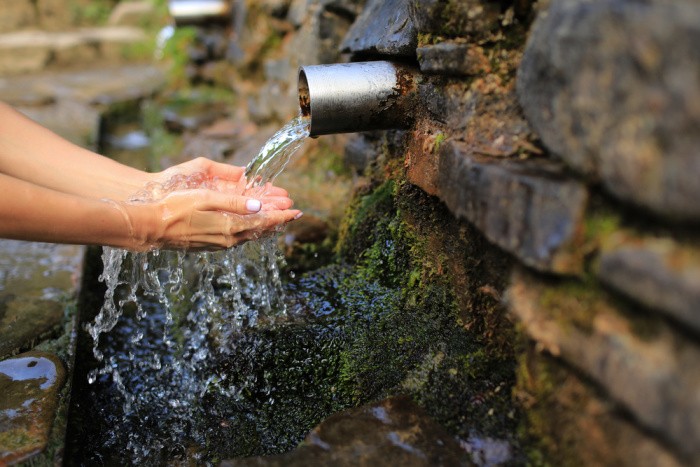

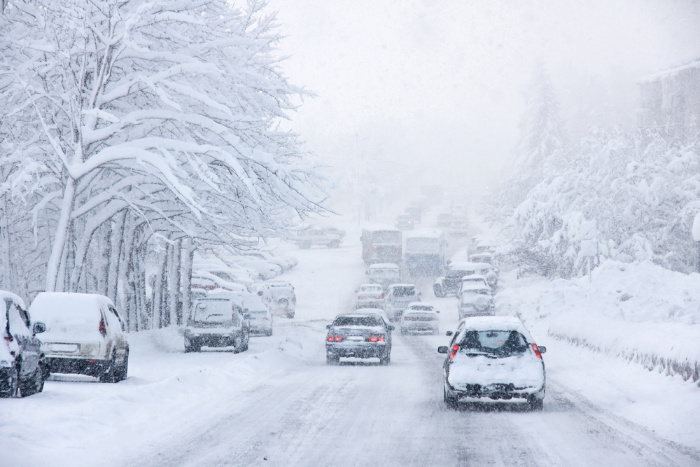
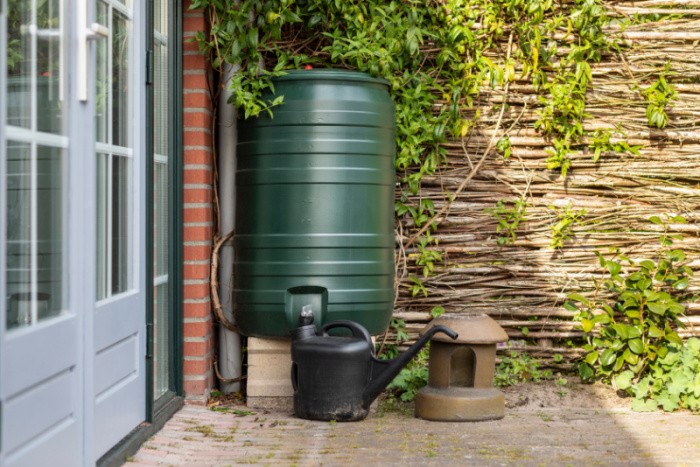
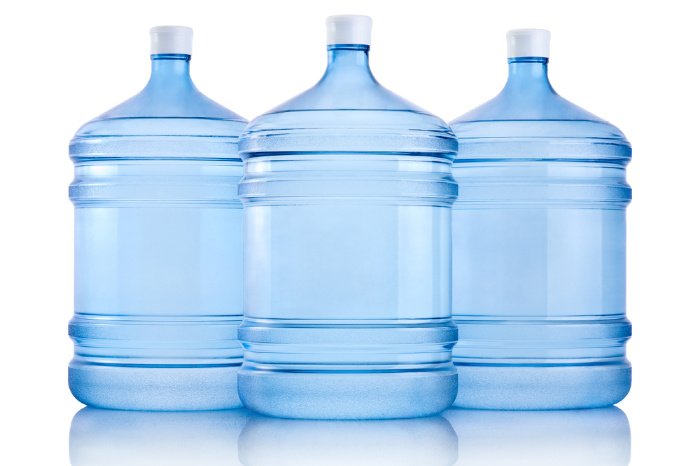
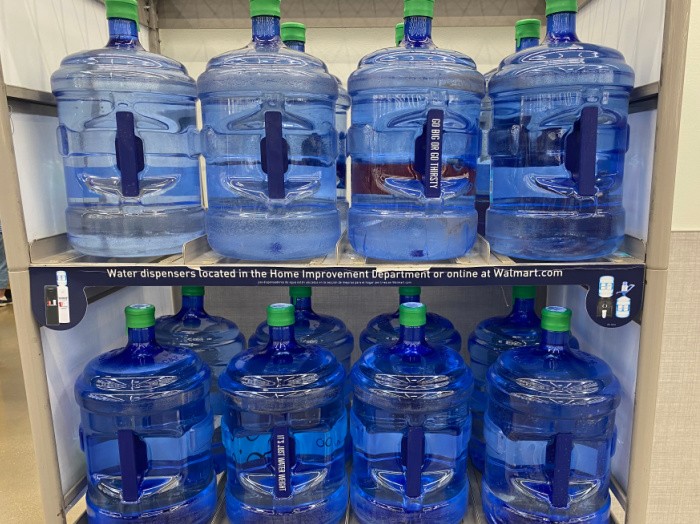
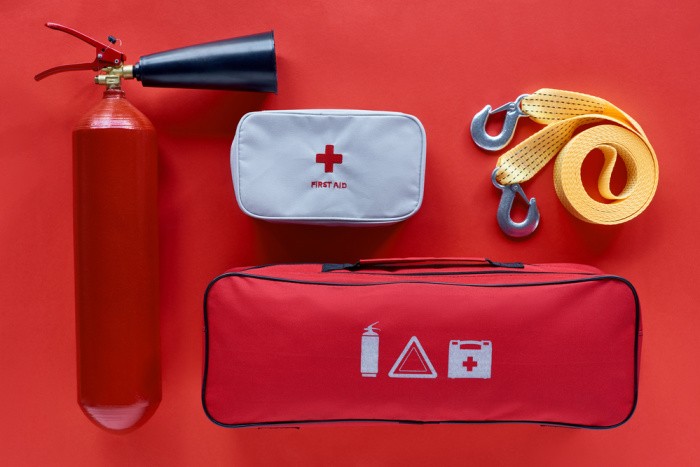
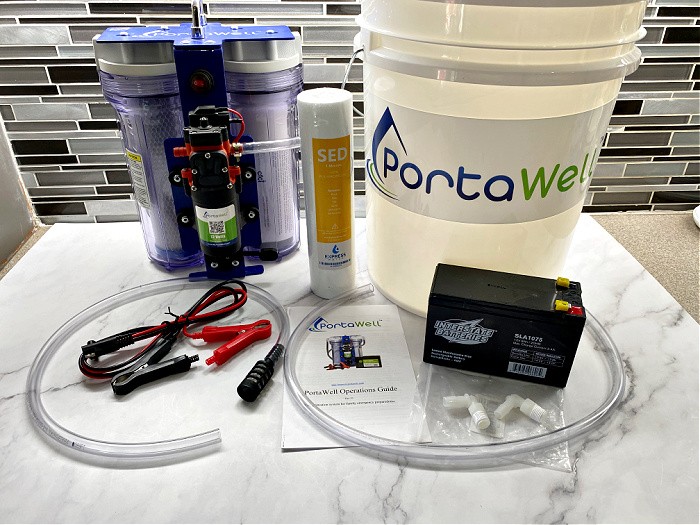













Interesting. I’ll look into it. Not sure I want an electric system but that sure is crazy fast so it wouldn’t need a lot.
Hi Matt, I agree with you about the electric system, but I have a few solar panels and a generator/inverter I could use with it. I plan on getting one when the time is right in the budget. Linda
I didn’t see a UV light on that. Without that, I would be out.
Hi Janet, I would love to see one in person. Linda
Me too.
The capacity and rapidity of filtration is interesting and if I had a well or nearby pond, lake or river I’d probably get one of these. I consider their filters suspect as I can’t find information quantifying the pore size as absolute. That means it’s probably nominal (or an average) so germs larger than .2 or .5 microns could get through.
But for drinking I’d stick to my AquaRain 404, with filters field tested at 10% below their replacement life to purify raw sewage into safe drinking water. The pore size of their filters is .2 absolute.
Now, viruses that aren’t attached to bacteria could still get through, but most viruses ARE attached to bacteria and would be filtered out.
Hi Ray, oh I love hearing this about the AquaRain 404, thanks for the heads up on that one. I think it helps to look at many options. Linda
Hi Ray, I know it said we can order filters from other brands, I thought that was a bonus. Linda
I am an owner of a PortaWell unit and found one of the key selling points is the filter housing that is designed to work with any 10 inch OBE (Open Both End) filter. This gives the PortaWell user great flexibility in what types of filters to use based upon ones local water conditions. Doing research based upon your water conditions will be important to ensure that one has the right filters on hand to use with the machine when the ones shipped with the unit are ready to be replaced. As per the PortaWell website they are currently shipping the units with filters manufactured/tested by Express Water and AcquaCera.
Hi Jon, thank you for your insight, this will help all of us! I love this, Linda
Thank you for sharing this! This sounds like another great option to have in the redundancy line up. We have a stack of buckets with gravel, sand, and charcoal in each as a gravity filter for a low tech option, but I’m really interested in this high tech option! Especially since solar and rechargeable batteries were engineered into the design! Thanks, Linda!
Hi Heather, ooh I love hearing this! Thank you, my friend! I really want to buy one in a few months. Linda
I actually own a PortaWell unit and its very simple to use. I am also impressed with how much water in can filter in a very short amount of time. The neat thing about the unit is it’s designed to run off a 12V battery.
Hi Jon, thank you for your comment!! I really want one for this very reason!! I love hearing you have one and like how it works! THANK YOU! Linda
Hi Linda. The Portawell sounds great but will have to check the website for more information. My only concern
is that you made no mention of what the unit actually filters out. In Australia you want fluoride, chlorine, heavy, metals, bacteria, solids etc. taken out and that’s just out of the scheme water. Goodness knows what you would need to take out from unknown, various places. I have a had a reverse osmosis 3 stage filter that takes out everything. The whole idea of a filter is to have pure, clean water.
Hi Sharon, I agree with you, that’s why I had reverse osmosis in the home I sold, it takes out 99.99% of everything. The Portawell you can choose the filters YOU need or want. I loved my reverse osmosis system. Linda
My question is: have you or your readers tried to make: the turn air into water system? If so, is it difficult to make? How practical would it be in emergencies? Would it generate enough water for consumption and hygiene? Would you still need to be storing water, or would this air system suffice?
Hi Kathy, great question. I do not have the answer to that, let’s see what others say. I would still store water no matter what. Linda